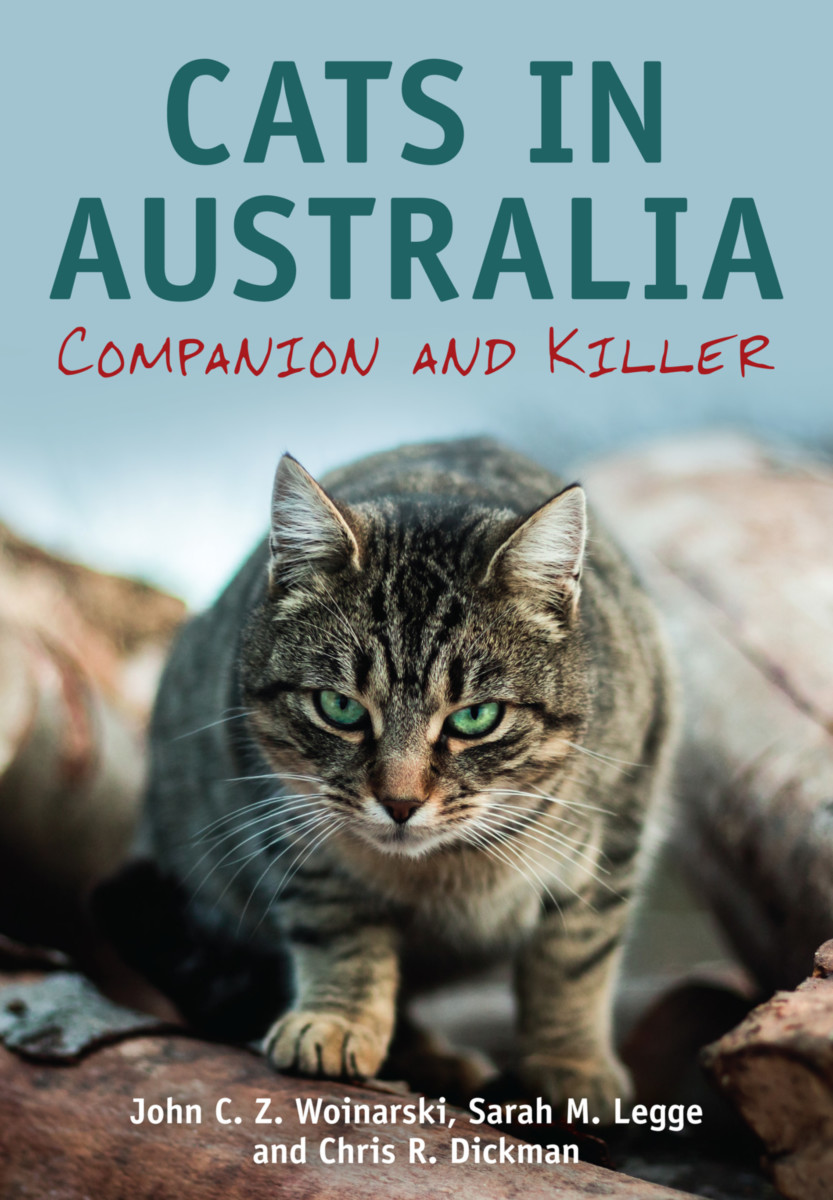EXCELLENCE IN SCIENCE PUBLISHING
Cats in Australia
Companion and Killer
- Publisher
CSIRO Publishing - Published
13th July 2019 - ISBN 9781486308439
- Language English
- Pages 332 pp.
- Size 6" x 9"
- Images color photos & illus
Across the world, cats are loved as pets or are kept or tolerated for their role in controlling some animal pests. But cats, both pets and feral, also kill many native animals and this toll can be enormous. Cats have been remarkably successful in Australia, spreading pervasively across the continent and many islands, occurring in all environments, and proving to be adept and adaptable hunters. A large proportion of Australia’s distinctive fauna is threatened and recent research highlights the significant role that cats play in the decline and extinction of native species.
Cats in Australia brings this research together, documenting the extent to which cats have subverted--and are continuing to subvert--Australia’s biodiversity. But the book does much more than spotlight the impacts of cats on Australian nature. It describes the origins of cats and their global spread, their long-standing and varying relationship with people, their global impacts and their ecology. It also seeks to describe the challenge of managing cats, and the options available to constrain their impacts.
Features:- While showing respect to the remarkable character of the cat, this book provides the first comprehensive documentation of their ongoing severe impacts on Australia’s biodiversity. They demonstrate that these impacts are far more substantial than those reported for cats on any other continent.
- Detailed account of the cat’s origins and natural history, global spread and impacts on the world’s biodiversity, impacts on the economy and human health, and of the rapidly evolving legal, policy and management challenges and responses to the threat posed by cats to biodiversity.
- Summarizes recent academic research on the ecology, impacts and management of cats in a readable manner.
- Helps community members including councils and governments, landholders, conservationists and animal welfare advocates to establish more effective management responses to cats.
Preface
Acknowledgements
Defining cats
1: Domestic cat: origins
2: The natural history of cats
3: Cats and other predators
4: The cat’s world: global distribution and impacts on biodiversity
5: Cats in Australia – history, spread, distribution and population size
6: Impacts of feral cats on Australian wildlife
7: Pet cats in Australia and their impact on wildlife
8: Economic and health impacts
9: Management of cats in Australia
10: Cat ethics
11: The ill-governed cat: law and policy
12: Cats on the mind: community attitudes
13: Conclusions and outlook
References
Index
John C. Z. Woinarski
John C. Z. Woinarski is a Professor of Conservation Biology at Charles Darwin University. He has been engaged in research, management and policy relating to Australian biodiversity for over 40 years. He is the author of A Bat's End, a co-author of Cats in Australia and The Action Plan for Australian Lizards and Snakes 2017, and co-editor of Recovering Australian Threatened Species.
Sarah M. Legge
Sarah M. Legge is an Honorary Professor at The Australian National University, and a Professorial Fellow at Charles Darwin University. Sarah is a wildlife ecologist with 30 years of research and conservation management experience. She is a co-author of Cats in Australia and co-editor of Monitoring Threatened Species and Ecological Communities.
Chris Dickman
Chris Dickman is at University of Sydney and is an expert in the ecology of Australian mammals. His previous books include the Whitley Medal-winning A Fragile Balance: The Extraordinary Story of Australian Marsupials and Secret Lives of Carnivorous Marsupials.


